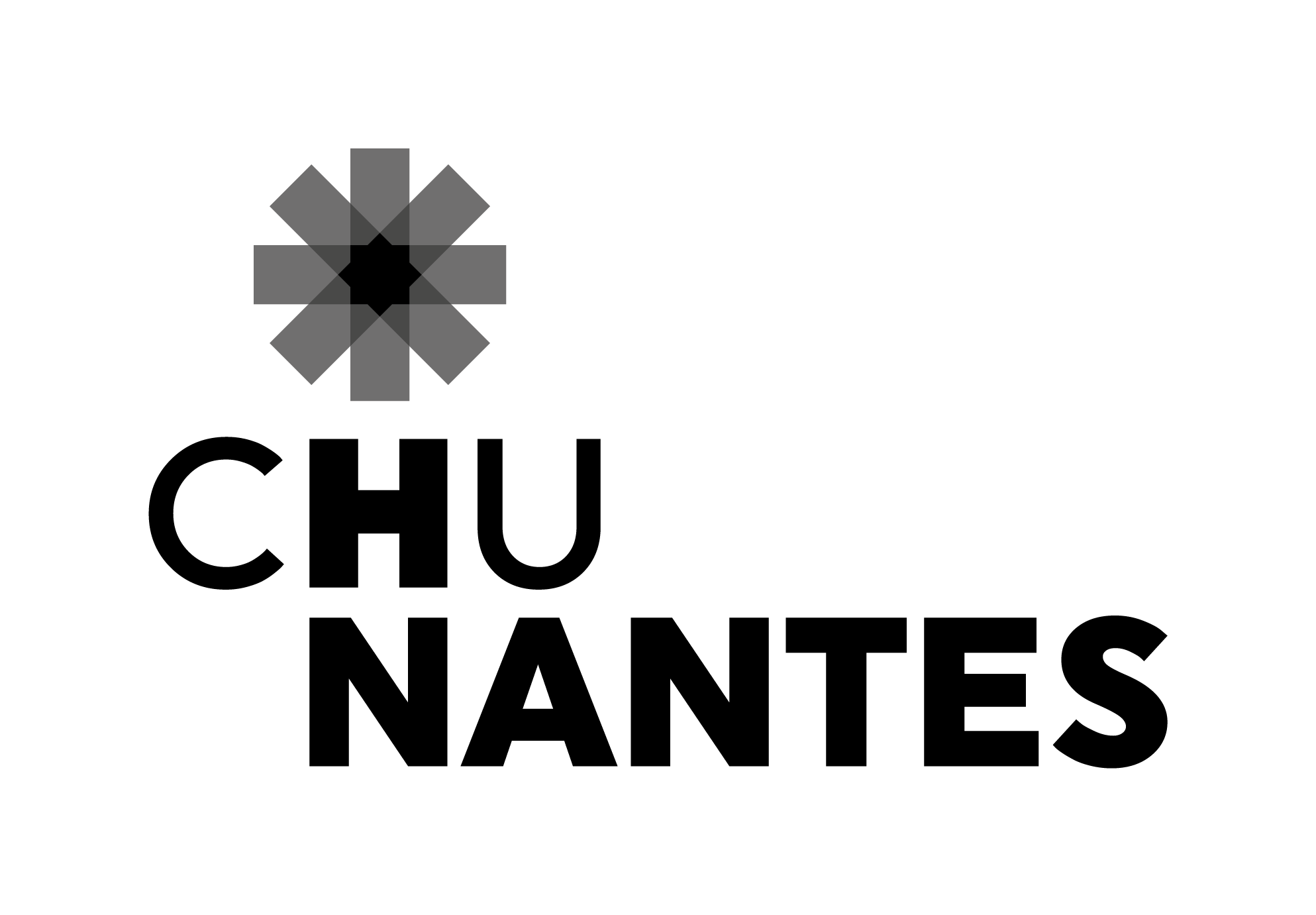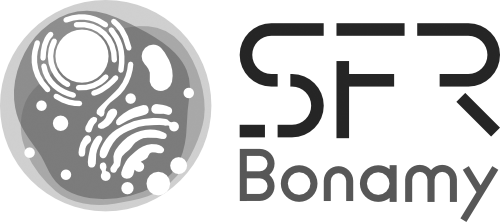TRIP-GCE core facility
TRIP-Nantes aims to promote the creation of custom transgenic rats, knockout (KO) or knock-in (KI) aimed at developing study models necessary for the different users of the facility. TRIP-Nantes also does the immunophenotyping of genetically modified rats and generates human monoclonal antibodies from humanized rats for their immunoglobulin genes.
Since 2018, the GenoCellEdit (GCE) core facility has joined TRIP. The GCE aims to promote custom editing of the cell genome, in particular with the CRISPR / cas9 system (clustered regularly interspaced short palindromic repeat), the nuclease specificity of which is guided by a small RNA, called sgRNA. This offers a complete solution, from advice in project, design to vectorization of the tool through technical training.
TRIP-GCE is located on the premises of the unit UMR 1064, which has extensive expertise in rat immunology and in gene editing with artificial nucleases and gene transfer. The Inserm UMR 1064 has animal facility (350 m2)which includes an isolated room for micro-injection (13 m2), a laboratory bench space (50 m2), breeding rooms exclusively for transgenic rats / KO (150 m2) and a room with ventilated-cage racks to keep animals with SPF statu. Molecular biology, cell culture, cytofluorimetry and protein biochemistry are carried out in the ad hoc laboratories of the UMR-1064 unit (~ 100 m2). Since 2011, the Inserm 1064 unit has also had space (100 m2) in the large animal facility of the IRS-UN.
The core facility has been IBiSA certified since 2008 and has been further certified ISO 9001: 2008 since December 2012 and also ISO 9001: 2015 since 2018.
Since 2018, the GenoCellEdit (GCE) core facility has joined TRIP. The GCE aims to promote custom editing of the cell genome, in particular with the CRISPR / cas9 system (clustered regularly interspaced short palindromic repeat), the nuclease specificity of which is guided by a small RNA, called sgRNA. This offers a complete solution, from advice in project, design to vectorization of the tool through technical training.
TRIP-GCE is located on the premises of the unit UMR 1064, which has extensive expertise in rat immunology and in gene editing with artificial nucleases and gene transfer. The Inserm UMR 1064 has animal facility (350 m2)which includes an isolated room for micro-injection (13 m2), a laboratory bench space (50 m2), breeding rooms exclusively for transgenic rats / KO (150 m2) and a room with ventilated-cage racks to keep animals with SPF statu. Molecular biology, cell culture, cytofluorimetry and protein biochemistry are carried out in the ad hoc laboratories of the UMR-1064 unit (~ 100 m2). Since 2011, the Inserm 1064 unit has also had space (100 m2) in the large animal facility of the IRS-UN.
The core facility has been IBiSA certified since 2008 and has been further certified ISO 9001: 2008 since December 2012 and also ISO 9001: 2015 since 2018.
Services
- Development of KI and KO rats by microinjection of zinc-finger nucleases, TALE nucleases and CRISPRs in zygotes, generate transgenic rats by microinjection of DNA or lentiviral vectors (locally produced
- Immunophenotyping in rats by polychromatic cytometry in order to measure quantitative parameters in a normalized and standardized way
- Basic service: design and validation of sgRNA, vectorization in a plasmid, advice and support for the project
- Characterization of secondary activity (off-target) (depending on the species)
- Contract delivery: according to the user's requirements, tasks can be shared with the platform for optimal use of the respective resources.
- Research and development
Exemples of achievements
- Development of rat lines allowing the marking or deletion of specific populations
- Development of immunodeficient rat lines in order to set up a platform of humanized rats for different organs and systems
- New techniques of transgenesis and genetic engineering
- Zygote electroporation technique using the Crispr / Cas9 system with oligos
- Establishment of a service to generate human monoclonal antibodies
- Implementation of the use of rat iPSC for genetic engineering
- Design in silico of sgRNA targeting the genomic site of interest
- Functional validation in cellulo of sgRNA
- Design of the DNA donor to modify the genome and its detection
- Vectorization of the tool (plasmids, RNA, viral vectors)
- Advice on strategy, type of Cas9, vectors and their use
Equipments
- 1 microinjection station
- 1 cytometer (FACSVERSE) and 1 cell-sorter
- 1 NEPA21 electroporator for zygotes and cells
- 2 Caliper ?
- animal facilities, molecular biology and cell biology
Applications
- Biology / biotechnologies
- Immunology
- Cellular and molecular biology
- Medicine, human health
- Physiology
- Biotechnology: producing lines (transgenes introduced by a specific locus)
- Creation of animal models (diseases, development)
- Functional study of a gene at the cellular and organism level
- Cellular imaging and gene expression: Knock-in of a reporter gene (Ex: GFP)
- Genetic engineering of iPS cells
- Resistance to pathogens
- Gene therapy: targeted vector insertion, gene correction
- Anti-viral therapy
Version française
How to contact us
CHU de Nantes
Bâtiment Jean Monnet
30 bd Jean Monnet
44093 NANTES CEDEX, France
Email contact only
Bâtiment Jean Monnet
30 bd Jean Monnet
44093 NANTES CEDEX, France
Email contact only
Managers
More information
Labels and certifications


ISO 9001 certified
Mis à jour le 13 August 2024.



